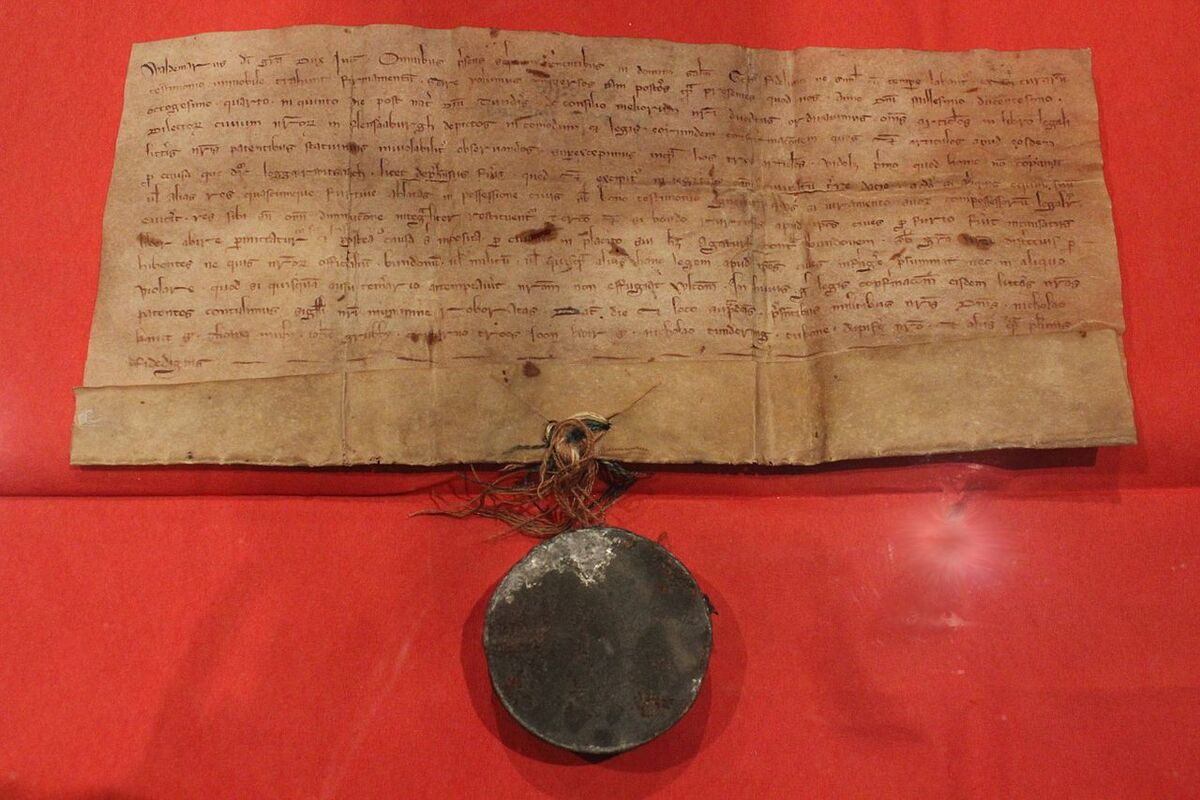With the accumulation of agricultural surpluses, the development of trade with Asia and population growth, European villages and towns increased their economic influence. From the 11th century onwards, they became the preferred locations for trade. As a result, the face of towns and villages organised around fortified castles and the feudal system gradually changed, with the emergence of burgs. Between the 11th and 13th centuries, European cities began to urbanise.

The town of Carcassonne in the Middle Ages
More than ever before, peasants were producing agricultural surpluses. This is due to various improvements in farming techniques, such as cropping systems, water and wind mills, improved metal tools, etc. With these surpluses, the European population ate better, was healthier and grew considerably. Around the year 1000, although agriculture continued to progress, many peasants, out of work, moved to towns and villages. This rural exodus led to urbanization.
Rural exodus: rural exodus is a phenomenon in which rural populations (those living in the countryside) leave their land permanently to settle in urban areas. Rural exodus is generally the cause of urbanization.
Urbanization: a phenomenon that occurs when a large part of the rural population settles permanently in cities. Urbanization is usually a consequence or effect of the rural exodus. Urbanization usually leads to growth in the urban area.

A medieval market
As towns and villages underwent demographic growth (population increase), small local markets (places where crafts and agricultural produce from a region were traded) became places where people gathered and traded. Certain inhabitants of the village or town, the bourgeois, specialised in haggling and trading all the goods they bought from artisans and peasants. In addition, they developed areas known as burgs in which to live and set up local markets. In its earliest days, therefore, the burg was a fortified (walled) district or village built outside the walls of a fortified castle or monastery.

Meeting of the bourgeoisie to form a commune
As the burgs continued to grow in number and importance, the bourgeois wished to free themselves from feudal constraints and obligations (dues to pay, forced labour, military obligations, etc.) and the restrictions they placed on their trade. They therefore organised themselves into communes, which were associations of bourgeois, and set about negotiating with the lord or seigneurs to create charters. In exchange for money, the lords sometimes agreed to release certain burgs from their feudal obligations. With these charters, the communes led by the bourgeois would have more freedom and flexibility to trade without the complications of the feudal system.
Charter: a legal document that explains and defines the reciprocal obligations, rights, duties and privileges between the inhabitants of a burg, the bourgeois, and the lord or seigneurs.

An example of a charter from the town of Flensburg in Germany
These communes, made up of a town council, an assembly and a mayor, administer more and more European towns and cities. They are also responsible for protecting their residents. In addition to establishing a market, town administrators had to build the necessary infrastructure (houses, ramparts, streets), enforce the law and so on. As a result, towns and villages with charters, known as burgs, gradually replaced the feudal villages and towns centred around a fortified castle and the lord or seigneurs.